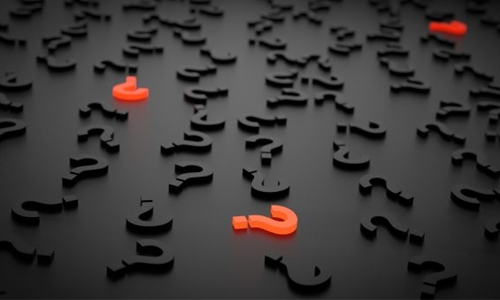Websites for verifying truth: A growing need
“Let them eat cake”. Did Queen Marie Antoinette really say these words? “You must be the change you wish to see in the world”. Did Mahatma Gandhi really say this? “Elementary, my dear Watson. Elementary”. Did Sherlock Holmes say this, in any one those many books by Sir Arthur Conan Doyle? The answer to all the above three questions is a big ‘No’. There is no credible evidence for any of the above. These words have neither been said nor written by any of those above mentioned people, anywhere. But, for years, people have been quoting them – actually, misquoting them - and contributing towards the spread of misinformation.
Long before the advent of Internet, my high school teacher had once given us all an assignment - to go to the library, and to collect quotations on a given list of topics. We had to submit not only the relevant sayings but also the names of the persons who said it, and where. As a school student, that was the first time I had seen “Bartlett’s Book of Familiar Quotations’. And also the ‘Oxford Dictionary of Quotations’, and ‘Webster’s Book of Quotations’. We were amazed at the orderly fashion in which hundreds of quotes were arranged in those books, in a topical index, with various keywords and cross references - leading us to extra information on each quote and its origin.
Most importantly, in small print at the end of the book, we saw lists of published sources, including dates of publication and names of publishing companies with cities they were head-quartered in. Thanks to my teacher’s creative assignment, we had understood the value of references, of citations, and of attributions of facts to verifiable sources. We had learnt that reliable quotation books, dictionaries and encyclopaedias cite sources such as other books, magazines and journals, which we can always check for veracity. Today, Internet is giving us ginormous amounts of information. But it is becoming harder and harder for us to wade through it all, and to recognize truth from falsehoods.
Anybody, with a little knowledge of graphic design, and website building tools, today, can wreak havoc by spreading untruths. Many mobile phones apps are available today, with which – without special skills – pictures can be manipulated, quotes can be mis-attributed, and even videos can be morphed, by changing people’s faces in video frames. We are drifting into a dangerous world of tangled information, from which extricating ourselves, without help, seems difficult. We can find the truth ourselves, by effective online searching and researching. But, it takes time. Thankfully, we are seeing the rise of some web-based companies which are getting to the bottom of the truth.
A few days ago someone sent me a bizarre video-clip, saying it’s from a US television series of the 1950s. In that black and white video, I saw a con-man, named Trump, saying he will build a wall, and save the people of Texas! I thought it was a silly joke. But I was shocked to discover – on Snopes.com – that what I received was true. And that there really was a CBS TV episode called “The End of The World”, premiered on May 9, 1958, in which, a con man named Walter Trump, played by one Lawrence Dobkin, attempts to scam an entire town, saying he will build a wall with their money.
Websites like snopes.com, factcheck.org, politifact. com, hoax-slayer.com, , and altnews.in are among those helping us debunk internet rumour by verifying the truth. While websites like ‘quote investigator’ check for misattributed quotes, others like quetext, turnitin, and grammarly are effectively checking plagiarism. In this post-truth era – with fake news, doctored tapes, and alternative facts – we need these truth-verifying websites more than ever.
Related Posts

